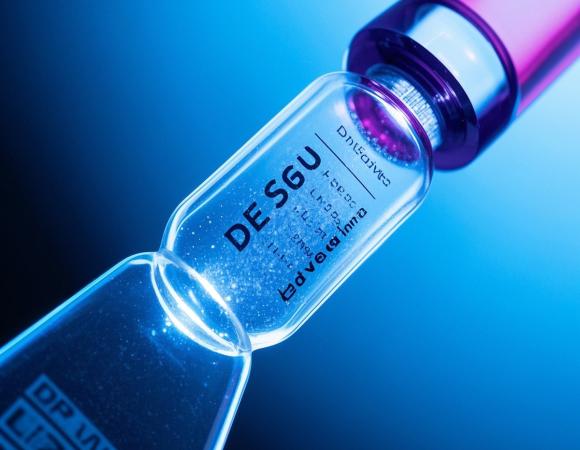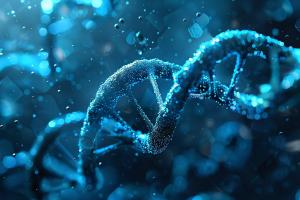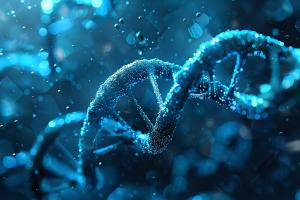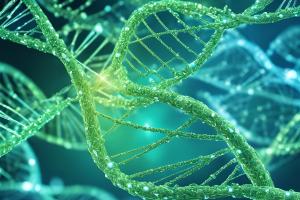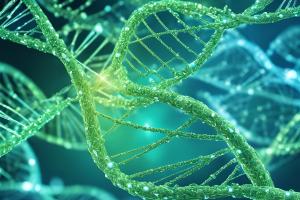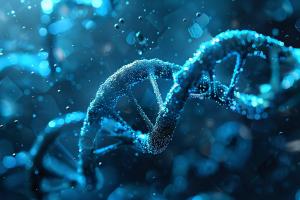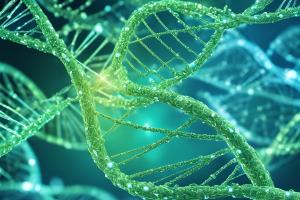- R&D
- Clinical Diagnosis
- News
- Company
QuickBiology News
News Center
Here are relevant industry news and updates on our company
Discover advanced NGS services like RNA-seq, ATAC-seq, and WGS for cutting-edge genomics research. Unlock insights with QuickBiology's bioinformatics solutions.Read More
Expert NGS services for genomics research, including RNA-seq, WGS, and bioinformatics analysis. Accelerate your discoveries with cutting-edge sequencing technologies.Read More
Discover advanced NGS services & bioinformatics analysis for genomics research, including RNA-seq, scRNA-seq, ATAC-seq & ChIP-Seq. Unlock cutting-edge insights with expert solutions.Read More





